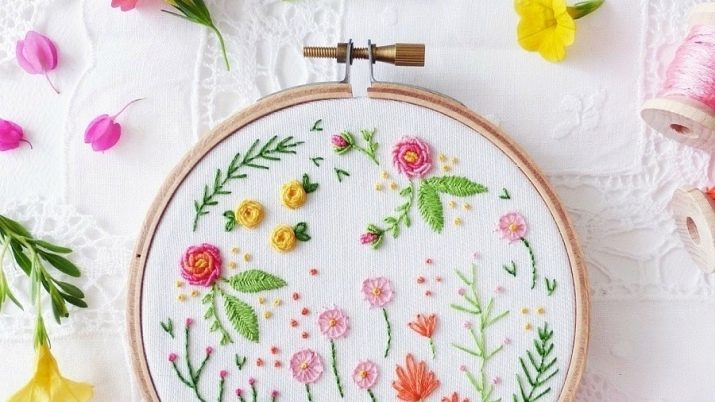What are embroidery circles and how to choose them?
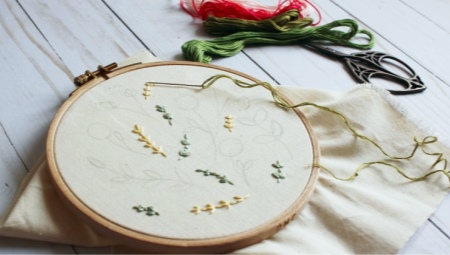
No embroiderer can imagine her hobby without a special circle for embroidery. It is called a hoop, from the Old Russian word "to staple" - that is, to pull tight. This is a two-piece frame that tightly fixes the canvas or other embroidery material for convenience and accuracy of work.
By the way, this instrument can be not only round. Oval, square / rectangular and loom hoops are also widely used, but the most popular shape among needlewomen is the circle. It is the round hoop that guarantees uniform tension over the entire area of \ u200b \ u200bwork.
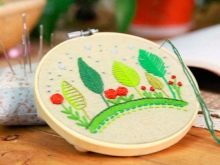
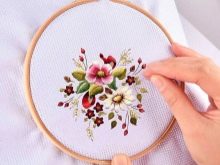
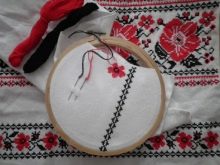
Advantages and disadvantages
The advantages of working with a cross stitch or satin stitch circle include:
- reliable tissue fixation;
- preventing the base from being pulled together by embroidery due to uniform tension;
- light weight and compactness - you can take handicrafts with you and embroider even on the road or sitting in line;
- budget cost and the ability to purchase a tool in any department of goods for sewing and creativity;
- a wide range of sizes allows you to choose a ring diameter suitable for a specific embroidery.

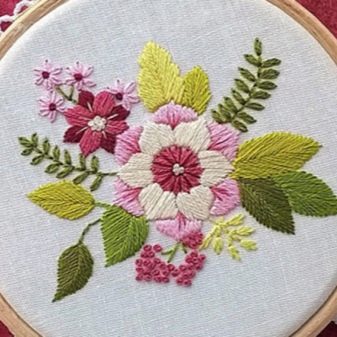
Among the disadvantages of such hoops are noted:
- creases on the fabric along the contour of the circle;
- the need to constantly move the hoop if the embroidery area is larger than the diameter of the circle;
- circles for embroidery are very short-lived, especially for plastic products;
- it is often difficult to fasten the fabric tightly enough to the ring and tighten the screw;
For large paintings, it is better to use rectangular frames or a machine, since finding a circle with a diameter greater than 30-40 cm is quite problematic.

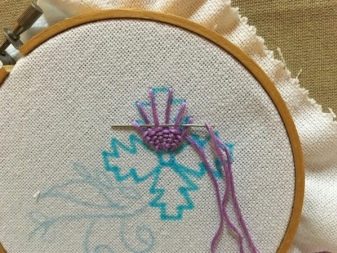
Species overview
Classic round hoop
They are two wooden or plastic hoops that are inserted into one another. A canvas is placed on a small circle, and then a large one is put on it, tightly fixing the material. Usually these tools are equipped with a screw mechanism.
The sizes of the embroidery circles vary according to the diameter and thickness of the headband. The diameter is selected in proportion to the area of the embroidery, and the thickness, depending on how it is more convenient for the craftswoman to work.
As for the material, there is no fundamental difference between plastic and wood. Experienced embroiderers believe that well-crafted wooden frames are more gentle on the fabric, but plastic is lightweight and much cheaper.
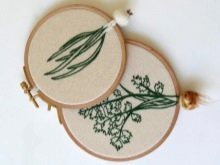
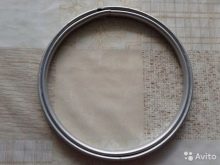
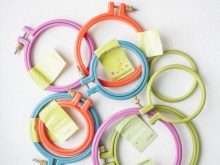
In rare cases, a metal hoop is also used - such a tool is indispensable for working with leather and other dense materials, but thin fabrics are deformed from them.
Other hoop shapes
Oval, square and rectangular frames are similar to the classic ones and differ from them only in shape. The choice depends solely on the personal preferences of the embroiderer. But it should be borne in mind that in a rectangular hoop, the fabric usually sags along the long side.
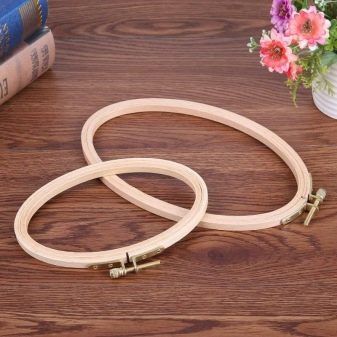

Embroidery machines
The machine is a hoop with legs. Such a device significantly increases the speed of work, due to the fact that both hands remain free. Machine tools are of the following types.
- Chairs, they are also sofa hoops. A medium-sized machine with a round or rectangular frame, which makes it easy to embroider while sitting in a chair. During work, the legs of the machine are located on the sides of the craftswoman's thighs, and the frame is above the knees.
- Desktop machines. The stands of such devices are equipped with clamps, with the help of which the machine can be easily attached to the table top.
- Floor machines. They take up a lot of space, but are indispensable when embroidering large paintings.
Each machine can be equipped with additional accessories - lamps, holders for embroidery patterns and threads, strips and interchangeable frames.
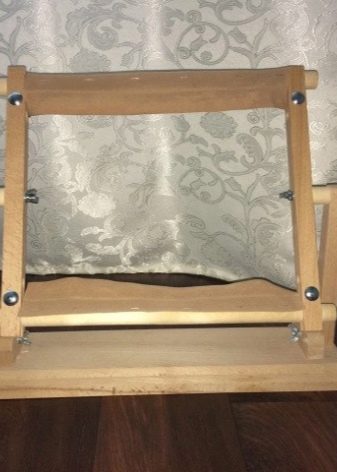

Tapestry frames
Tapestry frames allow you to randomly embroider the entire canvas without getting stuck in a specific area. Such devices are best suited for embroidery with beads, ribbons, Luneville crochet, as well as any large volume embroidery.
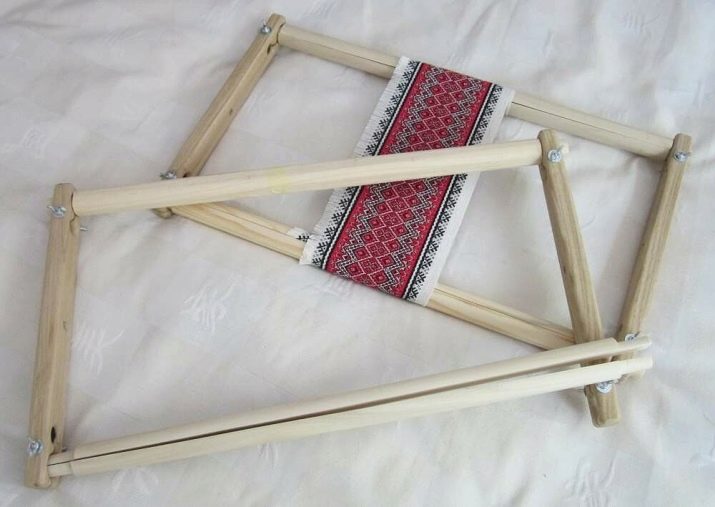
Decorative frames
Decorative frames combine the function of a hoop and a baguette for finished work. It is both functional and presentable. A picture, framed in a hoop, is an interesting art object that can add flavor to the interior.
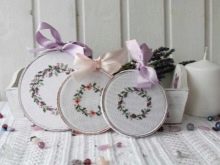

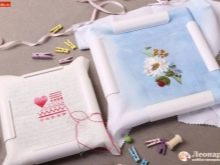
Buying Tips
According to most craftswomen, round frames for embroidery are the most convenient and functional tool. These hoops can be found easily at any craft store. They are lightweight, do not take up much space and are ideal for satin stitch and cross stitching.
When choosing a hoop, you should take into account the place where you intend to work, the type of embroidery and its size. The diameter of the ring should be chosen so that the hoop is moved as little as possible. The most preferable option when the whole motive is placed inside the frame. So, the hoop with a diameter of 10 to 40 cm is suitable for miniature and medium-sized works, but for paintings with an area of 1500 sq. cm and more, it makes sense to purchase an embroidery machine.
When embroidering at home, you can make your work easier with the hoop holder. The holder easily attaches to the arm of the chair or to the table surface. The other hand remains free and the process will progress faster.
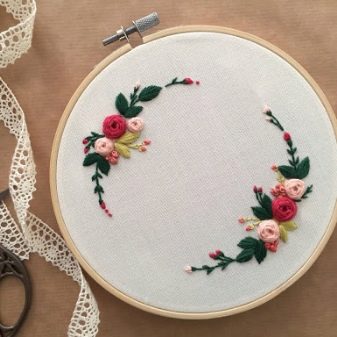
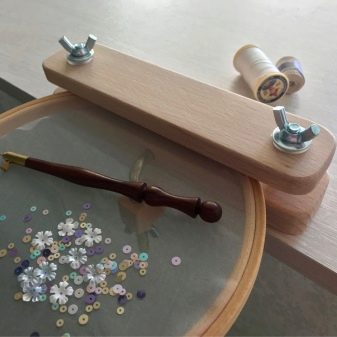
For cross stitch, satin stitch, ribbons and cutwork, you can use ordinary hoops of any suitable size and shape. For embroidery with a Luneville crochet, a special rectangular machine is required, and for working with beads, only large frames are suitable that do not pinch the embroidered base.
As for the material, there is not much difference whether the hoop is made of wood or plastic. It is only important that the tool used for embroidery has a smooth surface and does not leave a puff on the canvas. Usually wooden products sin this. You can correct this drawback yourself with the help of a sandpaper.
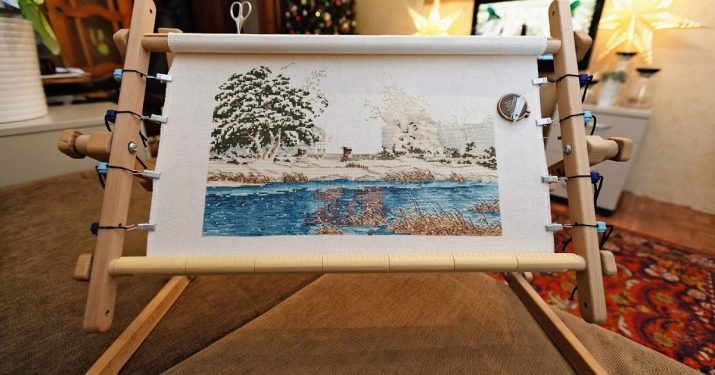
Also, the wooden embroidery frame should be protected from moisture and large temperature fluctuations. If the hoop does not hold the fabric well enough, satin ribbon will come to the rescue. Wrap the circles with it so that they fit snugly against each other.
Avoid tightening the screw on the plastic discs too much to avoid damaging the fabric. But the hoop made of wood, on the contrary, needs to be regularly tightened and made sure that the canvas does not dangle in them.
